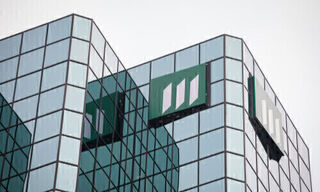Gold can make a valuable contribution to portfolios of investors looking to participate in ASEAN’s growth potential, said the World Gold Council in a new report.
Adding between 9.5–16 percent of gold to an average, Singapore-based institutional portfolio would have resulted in higher risk-adjusted returns since the onset of the financial crisis, the World Gold Council said on Monday.
WGC said that for ASEAN investors, gold is potentially an attractive alternative to local government bonds, which can be illiquid and prone to capital outflows.
It also noted that it is also one of the few assets that historically has retained its value and, in some cases, provided returns during periods of capital reversals, while functioning as a hedge against volatile commodity prices and performs well when natural disasters occur.
Challenges Remain
WGC noted the risk of currency depreciation, trade challenges and geopolitical uncertainty, and an ageing population that will put further pressure on public finances in a low-yield environment, as challenges that remain for Singapore.
Viewed as both an investment and a luxury good, gold has delivered average returns of about 9.7 percent for nearly 20 years, outperforming stocks and bonds in ASEAN and APAC, according to the report «The Relevance of Gold as a Strategic Asset.»
Metal Hits New Highs
Following a continued rally this year, prices of the precious metal topped $2,000 for the first time earlier this month, propelled by record low interest rates in many regions, inflation worries, and mounting government debt.
However, investment manager PIMCO said the precious metal remains attractively valued, with the key risk that real interest rates rise, making gold relatively less attractive.
«At current valuations, however, there is some cushion against this view, with the real-yield-adjusted gold price at the lower end of its range for the last 15 years,» Nicholas Johnson, PIMCO portfolio manager, commodities, said in a blog post on Tuesday.


























